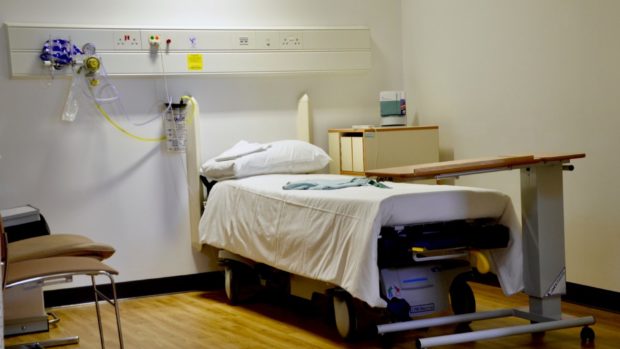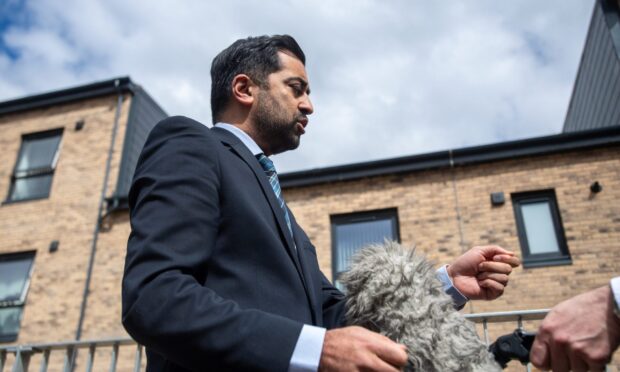The number of people who died in a single week in Scotland reached its highest point in more than 15 years, figures have shown.
For the second week in a row, hundreds of “unexplained” deaths above the long-term average — and not caused by or attributed to coronavirus — were recorded in Scotland.
Between April 6 and 12, a total of 1,969 deaths were registered with National Records of Scotland (NRS). Of these, 608 deaths were related to Covid-19.
That gap of 1,361 deaths is 261 higher than the average for the same period for the last five years — 1,100.
It continues a pattern seen a week previously when NRS reported an extra 361 deaths that couldn’t be explained as being coronavirus-related.
The Scottish Government said it is working with other partners on a European scale to confirm the reasons for the increase in non-coronavirus-related deaths, as other countries have reported similar patterns.
In England, 6,082 deaths above the five-year average were recorded between March 28 to April 3. Of those, 3,475 mentioned “novel coronavirus” as the cause, meaning there were 2,607 additional deaths reported above the five-year average still to be explained.
Still exploring cause
First Minister Nicola Sturgeon and interim chief medical officer Gregor Smith were asked about the spike in non-Covid deaths, at the daily Scottish coronavirus briefing in Edinburgh.
Ms Sturgeon said the Scottish Government was still looking into why there had been a sharp rise in the death rate on top of the coronavirus, but could not say what the answer was yet.
She said: “We are not able to give further information on that today. This is still something which is being explored but we hope to be able to give more thoughts what is behind it in the near future.
“A bigger proportion last week were not explainable by Covid. The majority of deaths this week are not attributable but it is really important we understand that.”
When asked last week why the figures reflected a hike, the first minister said: “We are exploring that and studying that further, and will hopefully have an explanation in the weeks to come.”
Working with partners
Interim CMO Dr Smith added the extra deaths would probably be explained by a number of factors rather than a single cause.
He said: “There’s a very strong clinical network across our health protection teams which shares that learning. It is something we do on a regular basis.
“We very often see an excess of deaths, in particular over the winter months when there may be other viruses like flu circulating.
“The procedures in place to establish those deaths are already in place. All that is happening now is data analysis is taking place, conversations with other countries is all happening within those networks.
“Over time in the coming weeks we will get a much clearer picture on exactly what is contributing to that.
“This is a phenomenon being seen right across Europe.
“As a community we need to come together to understand. I think we will likely see a variety of different factors as opposed to one which is contributing to this.”










